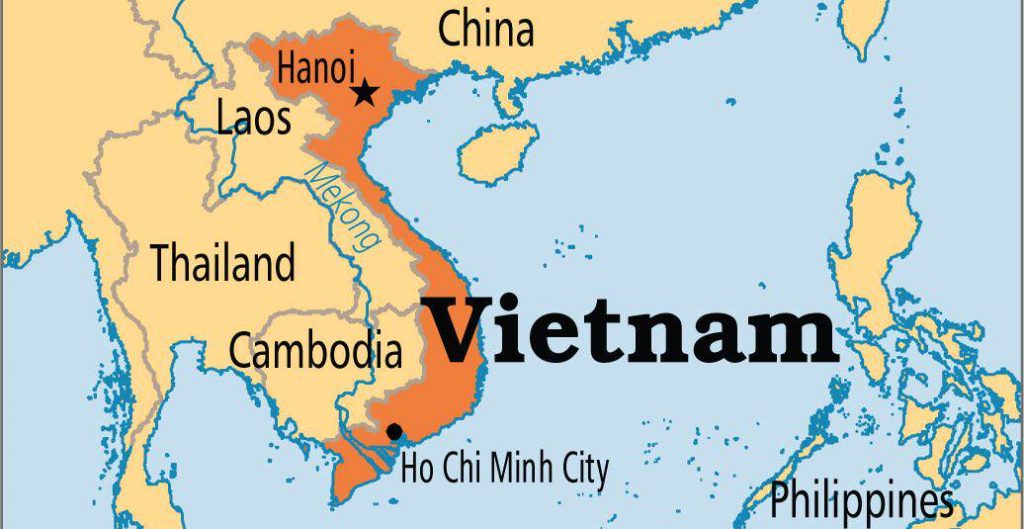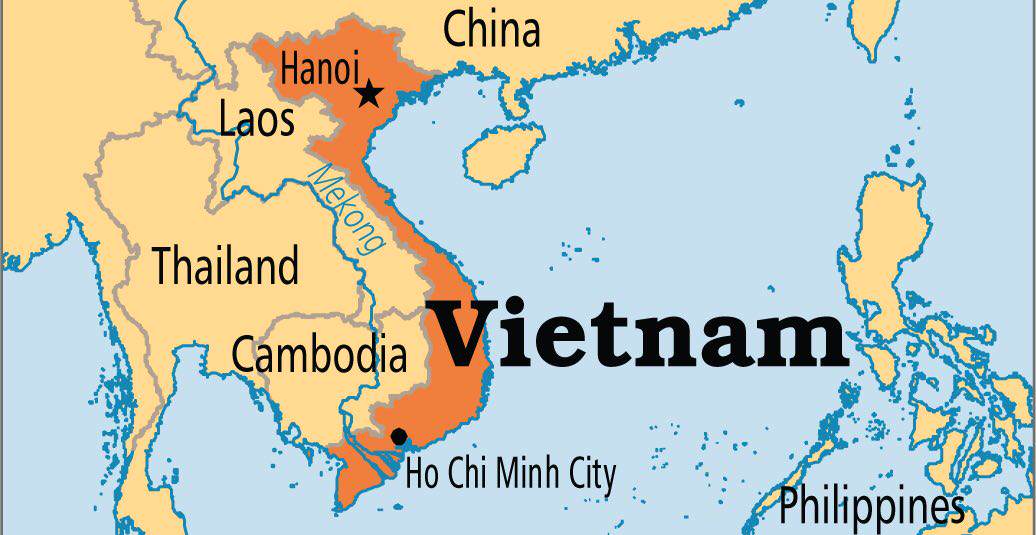Vietnam: New standards impact Vietnamese fruit exports
Vietnam earned US$3.26 billion from exporting fruit and vegetables in 2020, a year-on-year decline of 13%, the Ministry of Agriculture and Rural Development (MARD) has reported. Exports were down because many items with high export value registered sharp drops in volume, such as dragon fruit (-10%), which accounts for about 36% of total export value, bananas (-13.1%), durian (-56%), lychee (-22%), and watermelon (-36%). These result have been attributed to declining imports from China. Vietnam imported 25% less fruit and vegetables than in 2019. However, stable growth was registered for exports to other countries, such as Thailand (+140 %), the US and South Korea (both +11%), and Japan (+5%). It should be remembered that fruit and vegetable exports were severely hit by the COVID-19 pandemic around the world. According to MARD, Vietnam spent US$1.29 billion on importing fruit and vegetables last year, down 27.5% against 2019. Vietnam exports dragon fruit, watermelon, lychee, longan, banana, mango, jackfruit, rambutan, and mangosteen to China, which remains the country’s largest export market, accounting for 27.8% of all agricultural exports. The ministry will continue to promote the market opening process as a matter of priority. Regarding the domestic market, heavy downpours and flooding have caused vegetable prices to rise in the central region. Similarly, southern localities have also registered increases in the prices of vegetables due to the declined supply from the provinces of Lam Dong and Dak Lak. In contrast, stable supply has led to prices of vegetables in the north seeing little fluctuation.
The search for new markets for dragon fruit
In order to enter new export markets and reduce dependency on the Chinese market, Vietnamese dragon fruit needs to increase in value. In the first 11 months of this year, dragon fruit exports fell by 10% because of the COVID-19 pandemic, but still dominated Vietnamese fruit exports, with shipments worth over US$1 billion. In Ho Chi Minh City, the fruit sells for 7,500 VND or even 6,600 VND per kg. This is because of the overwhelming dependence on the Chinese market. While it is now also exported to new markets such as the US, the EU, Japan, Australia, and South Korea, China still accounts for 92.3% of Vietnam’s dragon fruit exports. Thus, whenever there is any problem in the Chinese market such as COVID-19 pandemic, the repercussions are immediately felt in Vietnam. According to the Ministry of Agriculture and Rural Development, the fruit’s production area now extends to about 57,000 hectares and output totals over 500,000 tons, up 20-fold from 10 years ago.
Durian, pomelo and passion fruit to be exported to China
Currently, there are nine types of fresh fruits from Vietnam authorised for export to China through official channels: dragon fruit, watermelon, lychee, longan, banana, mango, jackfruit, rambutan and mangosteen. In addition to durian, the Ministry of Agriculture and Rural Development continues to work on gaining access to the Chinese market for exports of pomelo, passion fruit, avocado, sugar-apple, coconut, Lanxangia tsaoko and pineapple. A protocol has recently been signed to allow black jelly and sweet potato exports to China.
Avocado supply to become excessive
According to the Department of Crop Production, avocado production area is growing many times faster than it was three years ago. Avocado is a perennial industrial cultivar that bears fruits after three years of growing and produces fruits for many years. So there must be planning at the provincial level and mass cultivation should be avoided. Moreover, Vietnam’s avocado varieties do not meet the size and quality requirements for export to the US and EU markets; neither is there currently a negotiation roadmap for the legal export of avocados to China. Therefore, enterprises, provinces, and farmers need to think carefully before planting avocado trees.
Key facts 2021
Capital: Hanoi
Geography: 63 provinces and municipalities
Land area: 331,236 sq. km
Population 98.2 million
GDP (2019): US$329.54 billion (expected to increase to almost $530.28 billion by 2025)
GDP per capita: forecasted to be US$3,758 in December 2021




